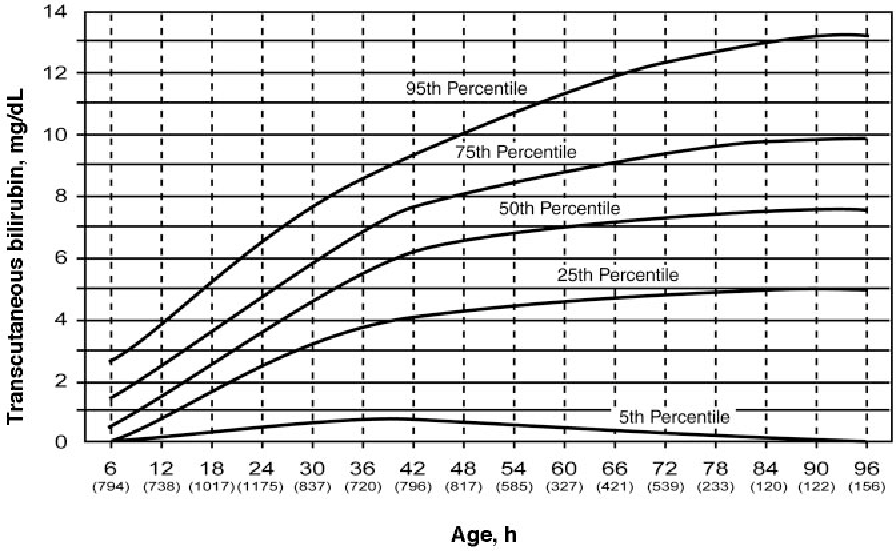Is 14 A High Bilirubin Level In Newborns: Understanding Neonatal Jaundice
What Is Jaundice And Bilirubin In Newborns? The Nicu Doc Explains!
Keywords searched by users: Is 14 a high bilirubin level in newborns normal bilirubin level in newborn 5 day old, what is a dangerous level of bilirubin in newborns, normal bilirubin level in newborn 6 day old, normal bilirubin levels in newborns chart, normal bilirubin level in newborn in mmol/l, 15 bilirubin level in newborn, total bilirubin level in newborn, indirect bilirubin normal range in newborn
Is 14 A High Bilirubin Level?
Is a bilirubin level of 14 considered high? To gauge bilirubin levels accurately, it’s essential to understand the typical range. Typically, normal bilirubin levels in adults are less than 1 milligram per deciliter (mg/dL). When an adult experiences jaundice, a condition characterized by yellowing of the skin and eyes, their bilirubin levels usually exceed 2.5 mg/dL. For newborns, who are generally healthy, bilirubin levels surpassing 15 mg/dL can potentially lead to complications. Therefore, a bilirubin level of 14 falls within the range that might raise concerns, especially in newborns, but it’s crucial to consider the overall health and circumstances of the individual when assessing the significance of this measurement.
What If Bilirubin Is 14?
What if a newborn’s bilirubin level is 14? Bilirubin levels ranging from 10 to 15 are frequently observed in full-term infants aged 2 to 4 days and typically do not necessitate any specific interventions. In cases of jaundice in infants, it is possible to assess their bilirubin levels in a healthcare provider’s office. If the measured level falls within a reassuring range, the baby can continue to be monitored without the need for hospitalization. This approach allows for a more convenient and less disruptive care experience for both the baby and the family, as of November 20, 2018.
What Is A Critical Bilirubin Level In A Newborn?
What constitutes a critical bilirubin level in a newborn? In the case of full-term infants, a critical bilirubin level is typically defined as a serum bilirubin concentration of equal to or greater than 20 mg/dL (or 342 micromol/L) within the first 24 to 48 hours after birth, or equal to or greater than 25 mg/dL (or 428 micromol/L) after 48 hours of age. This critical level is further characterized by the failure of phototherapy to achieve a reduction of 1 to 2 mg/dL (or 17 to 34 micromol/L) within 4 to 6 hours of initiating treatment or when the first clinical signs of jaundice become apparent.
Aggregate 39 Is 14 a high bilirubin level in newborns

![PDF] The predictive value of first day bilirubin levels | Semantic Scholar Pdf] The Predictive Value Of First Day Bilirubin Levels | Semantic Scholar](https://d3i71xaburhd42.cloudfront.net/532b493bfdef43a8236a2ed9d3a6852f745d858d/3-Table1-1.png)



Categories: Top 13 Is 14 A High Bilirubin Level In Newborns
See more here: muadacsan3mien.com

Unconjugated bilirubin is the predominant form and usually its serum level is less than 15 mg/dl (28). Based on the recent recommendations of the AAP, bilirubin levels up to 17–18 mg/dl may be accepted as normal in term of healthy newborns (15).Normal bilirubin levels are generally less than 1 milligram per deciliter (mg/dL). Adults with jaundice generally have bilirubin levels greater than 2.5mg/dL. In an otherwise healthy newborn, bilirubin levels greater than 15 mg/dL may cause problems.Bilirubin levels of 10-15 are very common in term infants 2-4 days old and don’t usually require any special treatment. On most babies who are jaundiced, we can check a bilirubin level in our office. If it is reassuring, the baby can be followed outside of the hospital.
Learn more about the topic Is 14 a high bilirubin level in newborns.
- Hyperbilirubinemia in Neonates: Types, Causes, Clinical …
- Total Bilirubin (Blood) – Health Encyclopedia – URMC
- Why do newborns get jaundiced, and when is it bad?
- Neonatal Hyperbilirubinemia – Pediatrics – Merck Manuals
- Jaundice: NICU Handbook
- Jaundice in Newborns: Parent FAQs – HealthyChildren.org
See more: https://muadacsan3mien.com/category/space-astronomy